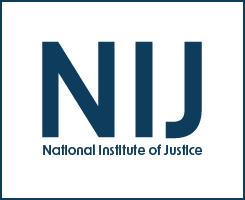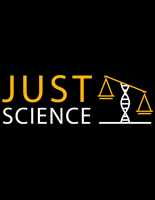High-resolution melt analysis for the detection of skin/sweat via DNA methylation
Journal
Electrophoresis
Date Published
December 2022
Agencies
NIJ-Sponsored
Publication Type
Research (Applied/Empirical)




